Ken Johnston find, Buckeye Lake, Ohio
Interpreted as a worked quartz feline face on an egg-shaped stone. It was found in a strong context of other suspected portable rock art pieces. The distinctly feline face was noticed in the field and it looked like a "cat with a big head," now interpreted as the feline and egg form. (Click photos to expand).
The mammoth/bison combination sculpture from 23JP1222 featured in the previous posting has been interpreted to also depict a feline face and egg form visually integrated into the mammoth's head. The mammoth's ear may also be interpreted as an egg form here and a feline face was worked onto a reddish component of the flint. The cat's face is circled here and possible ears/crack in egg highlighted.
Allen Deibel of Canfield, Ohio, is an artist, naturalist, hunter and avocational archaeologist who has detected subtle feline imagery worked into stones in the Mahoning River valley in north east Ohio. The Buckeye Lake, Ohio, and Missouri figures have feline faces worked into the stone in a very similar manner as Mr. Deibel has discovered and documented.
Allen Deibel illustration of iconographic worked pebble
Possible feline and mastodon combination on a worked pebble illustrated by Allen Deibel
Allen Deibel illustration of worked pebbles from the Mahoning River valley, Ohio, most interpreted by Mr. Deibel as having feline head and face imagery.
Irrigon, Oregon incised stone find by Dennis Boggs interpreted by Allen Deibel as a feline face (purple here) and by Ken Johnston as an egg (white) with a chick (yellow) and the beak of the mother bird (blue) was featured in an earlier posting. The crack visible at the top of this egg-shaped stone is a natural feature and is could be symbolic of the cosmic source of life. It may have inspired the artist to depict this complex composition using four icons of nature.
The Lower Palaeolithic "Kempen Stone Face" from Belgium was interpreted by Ken Johnston as depicting a lion head and mouth (orange) holding a kitten (in yellow here) emerging from an egg form which is "cracked" by a banded inclusion of lighter stone material running the length of the sculpture. This is a confirmed artifact by archaeologist L. Jimmy Groen.The egg form in portable rock art and thoughts from Jan van Es:
"The question if stone-age men -besides their technical tool-kit filled with types and traditions- also recorded their own identity, always has been (and still is) my motive to examine every artifact very accurately.
Cave-paintings, some worked ivory, bone and horn sculptures, portraits etc. mostly have been estimated at not older than 30.000 BP and coupled with modern mankind. But all those hundreds of thousands of years before seem to be a great empty gap, while the established archaeologists worldwide and repeatedly were and still are exposing stone-age tools -already known and accepted by the public- with even the most fantastic names.
In 1971 at last I thought to have found some confirmation with the find of a neolithic leaf-point: frontal (ventral) I saw a male portrait (with pointed cap) and at the backside (dorsal) a bearded man. I wondered: were these images worked out deliberately? Were they caused by accident? Perhaps the creator didn't see it at all? Anyway this piece has been the instigator to the intensification of my research, concerning this phenomenon. I wanted to find out whether this was of frequent occurrence or this artifact would turn out to be an isolated case.
In course of time my collection increased rapidly and it was very astonishing to find out that this phenomenon turned up more often. The more surprised I was because of the fact that the professionals never mentioned anything like it. They keep on showing their tools in similar typologies as if it is a merely technical matter. All the same I recognized ever-recurring themes of portraits and animal images in several tools (called "pseudo tools" by the profs), which made me wonder what to call such stones: "tools", "sculptures" or even a combination of these? As I put it to several profs, I was called a "pseudo"-collector, fantast (cloud-watcher).
Later on several amateurs, still wanting the verification of professionals (and still working with the standards of those profs), turned their backs upon this matter. To me the opinion of the profs had not that great importance to chuck up! No! On the contrary, it was all the more reason to go against it and to look for supporters and like-mindeds and to find them (which I did).
While enlarging my collection I noticed that the older the tools and sculptures, the clearer the images. Through the years I discovered that in particular blade-sculptures which, by their abstract and symmetrical forms, were more difficult to interpret than the Early Paleolithic pieces. Particularly people of the older stone-age traditions were handling the principle: nature shows and offers the basic forms or basic shapes. They acquired these forms to fix and perpetuate their "image-language" in typological iterations. Take for instance a round shaped stone. By making little alterations from time to time one finally ends with a square or another shape. The phases (or stages) in between were utilized to develop other sculptures, thus the working process was in stages from zero all the way to a complete and total form.
During all those years of research I noticed that, besides all forms nature offers in rocks, trees, fruit, animals etc., the egg-shaped rocks were considered as the most ideal kind. The big cosmic egg, the germinal force and origin of life, seems to have been a very important notion and turns out to be a main line in the images. The reproductions of sculptures can be "read" in all ways nature offers, like the shine of fire, twilight, fog, vivid sunlight, moistness et cetera. Using these techniques of "looking" one discovers a shadow language. By turning and overturning the sculptures with this technique (using the above mentioned elements) one can "read" a story. A story in which actually the profs ought to have deepened. Anyway, taking effort to reflect up, on this matter wouldn't be bad.
-Jan van Es, Roermond, The Netherlands. (Transl. J.Huber)
Thanks to Allen Deibel for his original line drawings of some of his "Stone Cat Collection"
-kbj


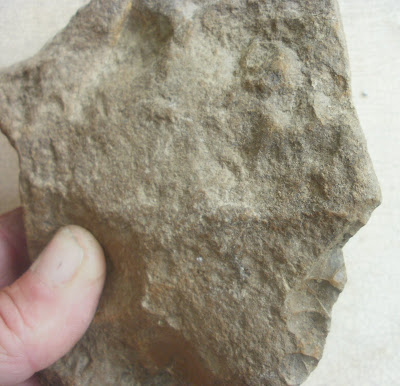.jpg)
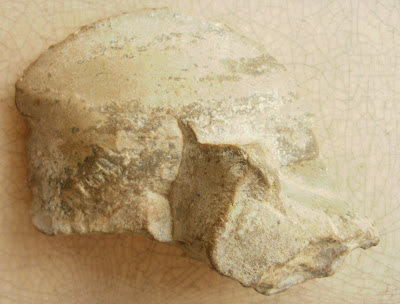.jpg)
+cropped.jpg)
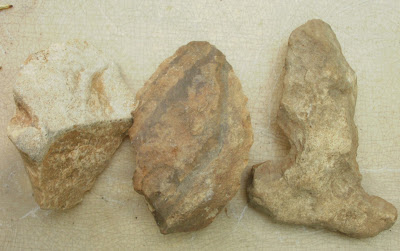.jpg)
.jpg)
.jpg)
.jpg)
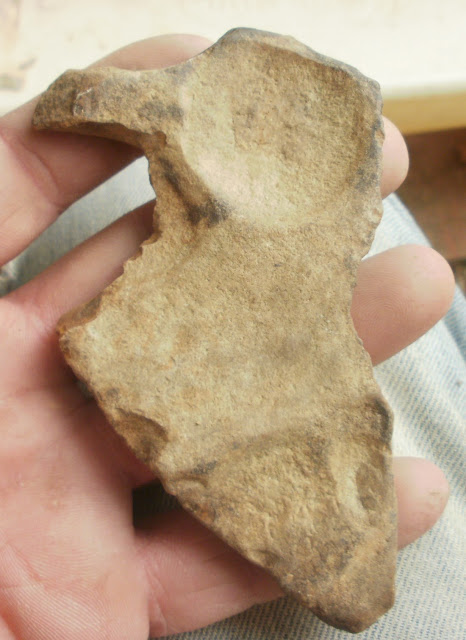.jpg)
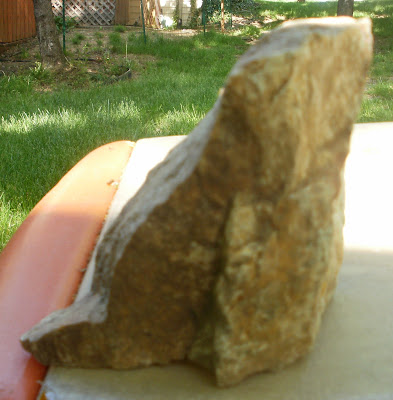.jpg)








+face.jpg)




+crop.jpg)
.jpg)
.jpg)




+cropped.jpg)


+markup.jpg)




+master+feline+egg.jpg)
+master+feline+egg+mark+2.jpg)





+with+egg+added+with+cat+added.jpg)



+cropped.jpg)
.jpg)

+birds+markup.jpg)





















